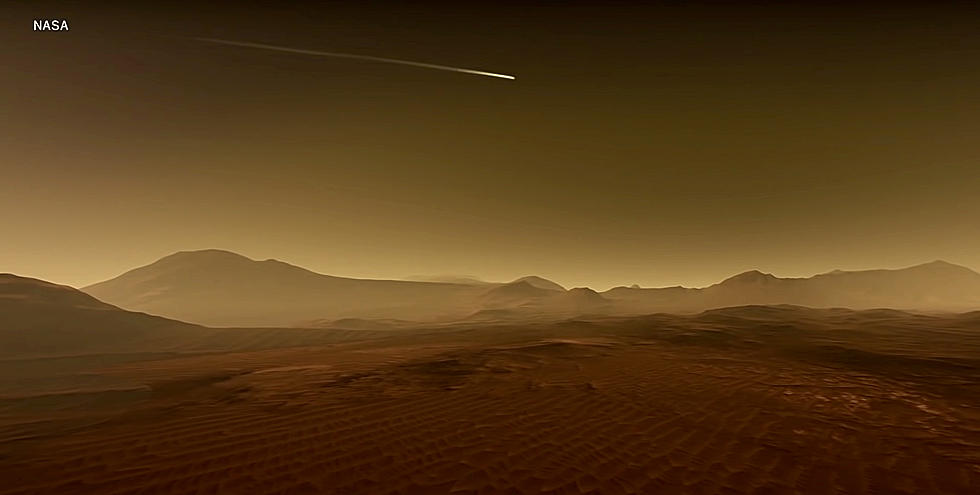
How a CT Company Plays a Key Role in America’s Manned Mission to Mars
How long will it take a human-crewed spacecraft to travel to Mars? According to NASA, depending on the rocket velocity and the closeness of the planets, the number mentioned most often is 260 days. So the $24,000 question is, WHEN will the first crewed mission to Mars occur?
The answer to that question is far too complex to explain, but if I've piqued your curiosity, you can check out an article on the nasa.gov website titled, 'Moon to Mars Overview.'
According to an article on the Collins Aerospace website, engineers have been diligently working on how to keep humans alive during the approximately 260-day trip to the Red Planet. The Connecticut-based company United Technologies Corp.'s Aerospace Systems in Windsor Locks has been called upon to figure it out.
Collins, a division of Farmington-based United Technologies Corp., will make equipment for spacecraft meant to bring humans to the moon by 2024 and establish a sustained presence on the moon to prepare for missions to Mars, according to Collins.
Collins and United Technologies will be responsible for keeping all humans alive on board the Orion spacecraft. Equipment being built for these missions include:
- Life-support systems maintain a healthy and comfortable environment for the crew both in the spacecraft cabin and isolated in launch and re-entry suits.
- Active thermal control systems provide liquid circulation throughout the spacecraft, picking up waste heat from the crew and vehicle electronics.
- Providing power connectivity from external power sources and conditioned power to the crew and service modules.
- Waste management systems to promote crewmember comfort and vehicle cleanliness.
While scrolling through the internet searching for reputable research for this article, the year 2033 kept popping up as the target date for America's first human-crewed flight to Mars. Check out the rundown on reuters.com.
LOOK: The most expensive weather and climate disasters in recent decades
See the Must-Drive Roads in Every State
More From WRKI and WINE









